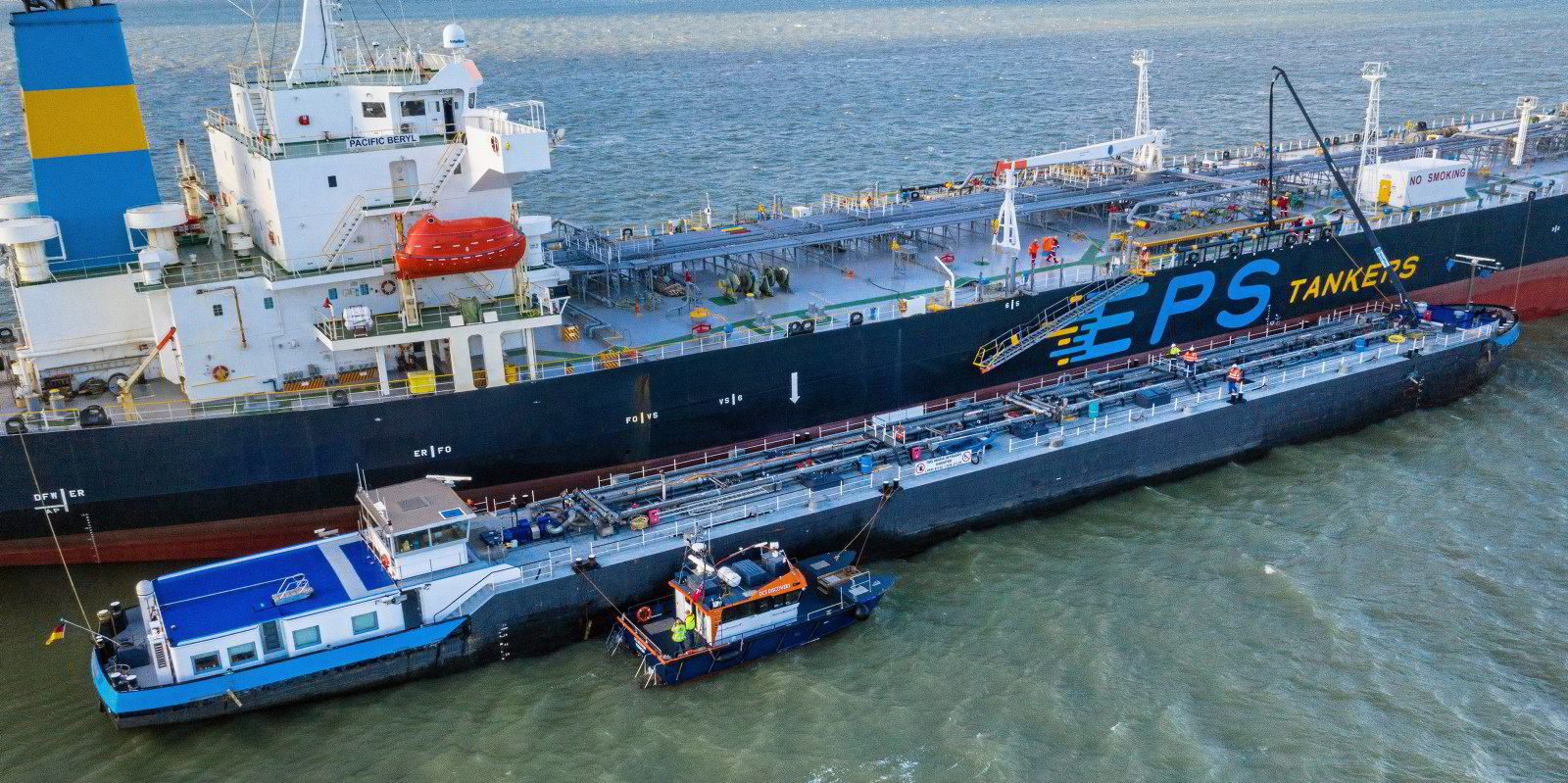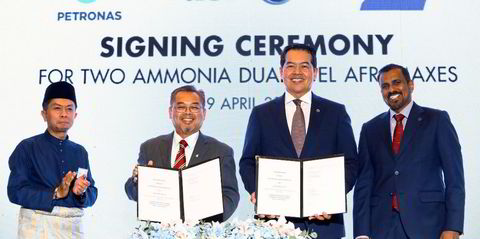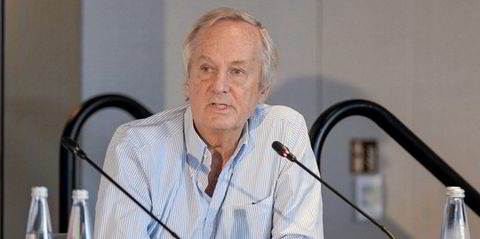While decarbonisation has emerged as the buzzword among many in shipping, plenty of experts see the industry as a laggard in efforts to counter climate change.
Recent European Union and International Maritime Organization studies have found total greenhouse gas emissions from maritime transport on an upward trajectory in recent years, despite improved fuel efficiency.

Climate Action Tracker, which has followed climate policies since 2009, has recently deemed mitigation measures in international shipping as “highly insufficient” to help the world reach the Paris Agreement’s targets.
Mikko Kuosa, chief executive of Finnish software provider NAPA, admitted that past efforts focused on cutting the usage of conventional fuels have failed to accelerate industry-wide decarbonisation.
“Motivation for just saving fuel costs has not been enough to really [trigger] concrete actions that would change things big time,” Kuosa told TradeWinds.
“The problem at hand is not easy to solve … It has been just easier to conduct the business as before and without having to do something that would really force things to change.”
With global warming set to reach the threshold of 1.5C as early as 2030, the Intergovernmental Panel on Climate Change (IPCC) has called for stronger decarbonisation efforts globally to avoid climate disasters.
While the tasks appear to be daunting, some industry players agree that a failure to heed the United Nations-backed body would cast shipping in a bad light.
“There is a hunger in the general public for green technologies and green services,” Ardmore Shipping head of transition technologies Garry Noonan said. “If we do not provide those, there is a high potential we could get left behind.”
Commercially, charterers, shippers and end-consumers are widely expected to pursue low-emission shipping in the coming years.
“The wheels are in motion now,” Noonan added. “It's a big machine to get moving.”
Kuosa said there is clearly pressure for mankind to solve the climate emergency from the IPCC’s latest warning.
“It will impact the public opinion and, further down the line, it will impact politicians and policymakers,” he added.
The IMO has established the first set of emission rules for international shipping, which will come into force in 2023.
But the regulations focus on technical and operational measures. Discussions over a global carbon market have dragged on for years without yielding concrete results.

“I think the only way to reduce pollution is to increase the cost of pollution somehow,” said Norsepower chief executive Tuomas Riski, whose company develops rotor sails for vessels. “And I think the same applies to shipping.
“I personally favour mechanisms like emissions trading [where] you set the price on carbon emissions.”
Many others share a similar view that carbon pricing is needed to prompt more investment in low or zero-carbon fuels to decarbonise shipping for the long run.
“The maritime industry will…need to lobby the authorities to ensure that carbon penalties are implemented on traditional fuels so that alternative fuels can be priced at a level which allows them to compete against conventional fuels,” Proman Shipping managing director Anita Gajadhar said.
The European Commission has proposed to include shipping in the EU Emissions Trading System, but critics suggest this unilateral measure could create an uneven playing field for global shipping firms.
Ardmore chief operating officer Mark Cameron said the EC's overall intent is good but “a fractionalised regulatory environment makes for an enormous complexity”.
“It may create imbalances in trade that ultimately may not necessarily have a good carbon emission element attached to it,” Cameron added.
Moreover, shipping firms will also need to access capital to invest in low-carbon technologies, but it remains far from certain who will fund the energy transition.
Clarksons Research non-executive president Martin Stopford estimated total investment required to meet the IMO’s goal of cutting greenhouse emissions from global shipping in half by 2050 could amount to $3.43trn.
“If the early adopter gets it wrong, that's a financial investment — particularly in a public company — where you're not necessarily acting in a shareholder's interest,” said Cameron, whose company trades on the New York Stock Exchange.
“You have to walk a careful [line] between wanting to embrace change and wanting to become an adopter of new technologies … You've got to be allowed the space to do this at a pace and at a reasonable cost structure that makes business sense.”





